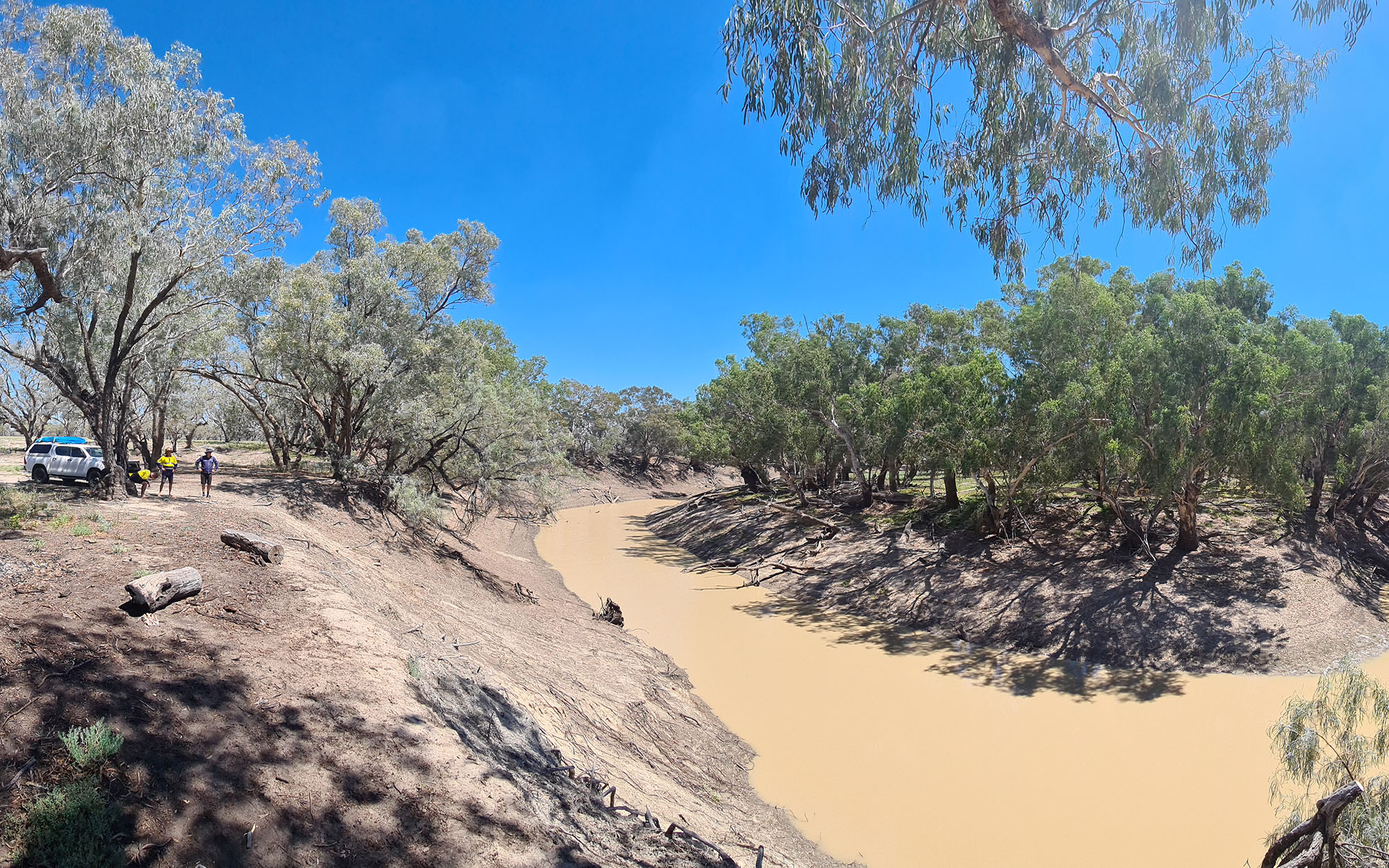About risk assessments
Risk assessments allow us to identify and prioritise where surface water environments are at greatest risk. That is, where we should focus our monitoring and research.
A risk assessment is a key step in preparing water resource plans and water sharing plans. It looks at risks to the condition and continued availability of water resources.
The risk assessment framework adopts a cause/threat/impact model. The model describes the risk pathway of impacts to a receptor. The risk level of an impact is a function of likelihood and consequence. The likelihood of a cause and threat occurring, and the consequence of the impact on the receptor. We use the following definitions for risk assessments:
- Likelihood: the probability that a cause will result in a threat. It is not a sign of the size of the threat, but rather conveys the probability that the threat will be significant.
- Consequence: the loss of value for an impacted receptor.
We assess the risk level using current strategies and rules as provided by the Water Management Act 2000 (NSW) and the relevant water sharing plan/s. The risk assessment outlines the management actions and mechanisms to address risks.

Medium and high-risk results identified in risk assessments undergo review. This determines whether these risks are adequately addressed by existing strategies. If not, they may need modifications or new strategies. In NSW, a medium or high risk does not always imply that existing rules or strategies are inadequate. The risk assessment is a 'red flag' process to provide guidance during the life of a plan. It identifies areas that may need further investigation.
Risk-based management assists water managers to prioritise and plan. This allows managers to direct resources to the factors that pose the highest risks. They can target strategies to the appropriate part of the water system.
